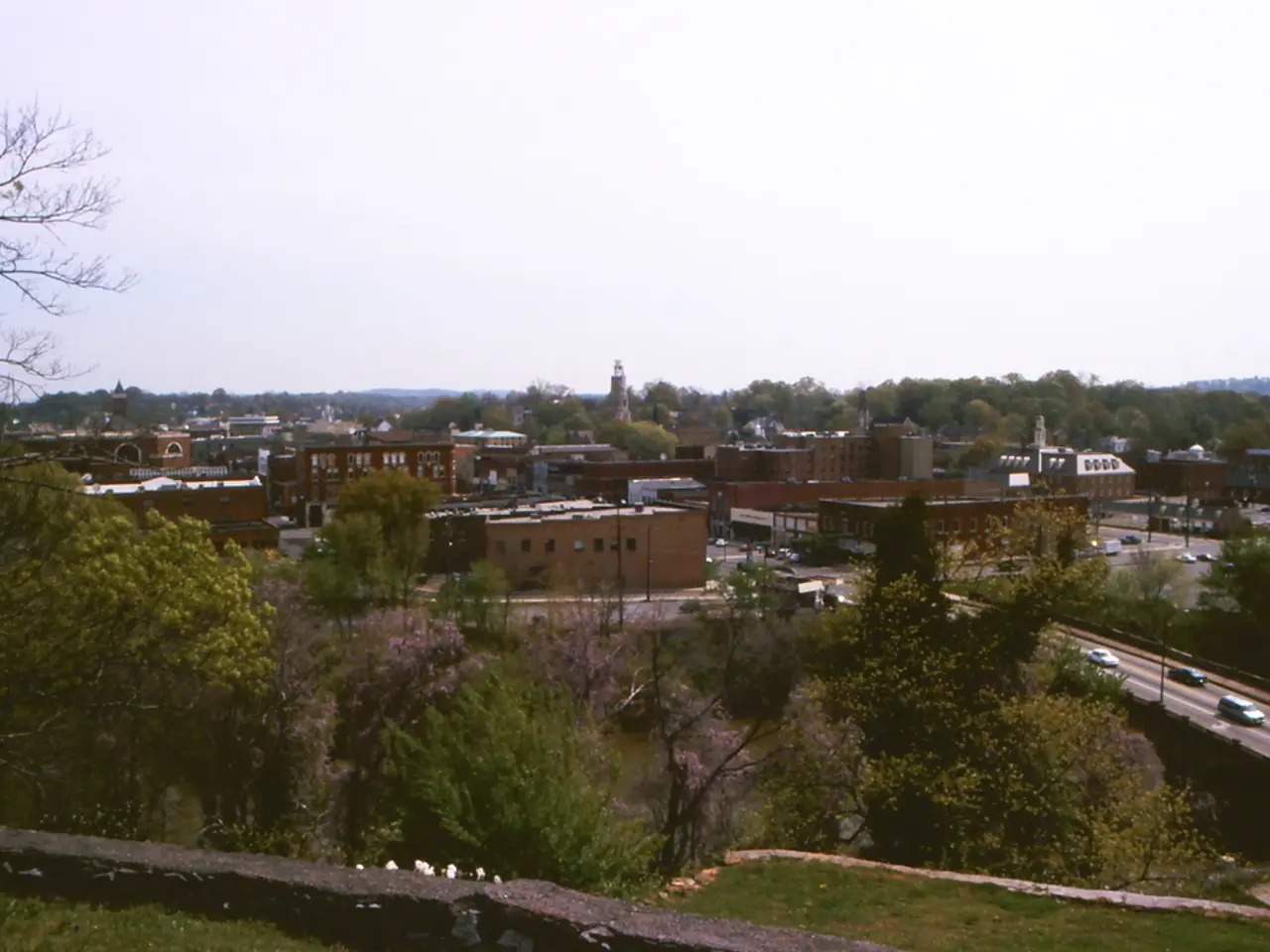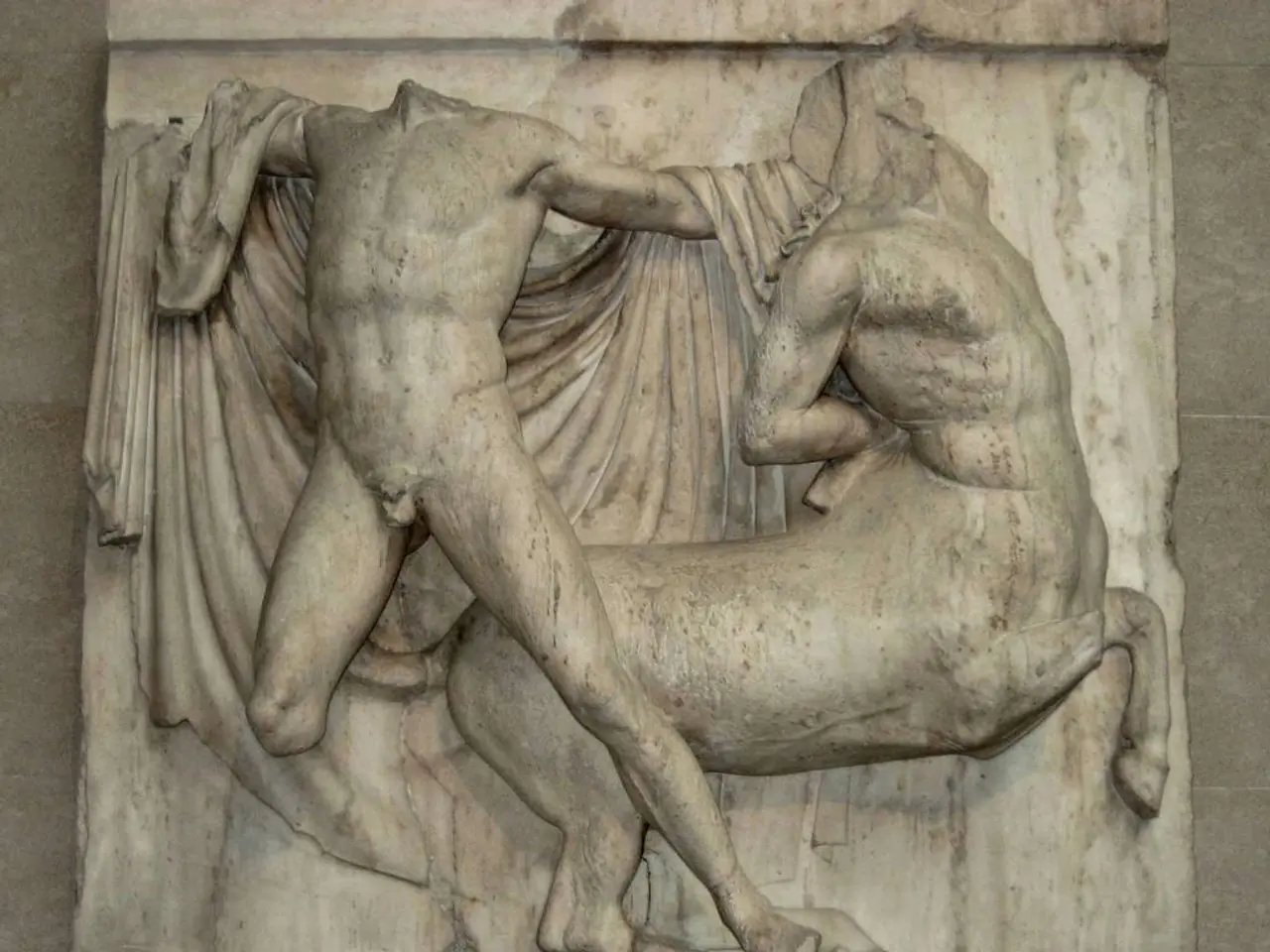Africans Constructing Urban Landscapes of Tomorrow
In the heart of Africa, cities are being transformed into hubs of the future, blending rapid urbanization, major infrastructure projects, and unique social-economic dynamics. This transformation is most evident in Addis Ababa, Ethiopia, a city that is quickly becoming a beacon of progress on the continent.
Addis Ababa, home to over 5 million people by 2024, is experiencing a population boom and an increase in vehicle registrations. Despite pedestrians and public transport remaining dominant modes of travel, the number of private cars is rising rapidly. This growth demands new sustainable urban mobility solutions, as the city grapples with the challenges posed by its rapid urbanization.
One of the most significant initiatives driving this transformation is the Addis Ababa Corridor Project. This flagship initiative aims to upgrade key transport corridors, making the city more economically vibrant and modern. The project is expected to increase GDP by about 2% annually, create around 50,000 jobs, and reduce traffic congestion by 30%, positioning Addis Ababa as a future economic hub.
However, this transformation comes with its own set of challenges. Urban development efforts often lead to displacement of thousands of households, loss of cultural heritage sites, and environmental degradation. These issues underscore the need for inclusive, sustainable planning that balances economic growth with social equity.
Rapid urbanization also fuels the growth of informal settlements, which hinder sustainable development. Current policies focused on demolition have proven insufficient, indicating the need for more comprehensive formalization and inclusive housing policies.
The conversion of peri-urban areas into built-up land has surged, stressing environmental sustainability. Advocates for vertical urban development are increasingly vocal, as this approach could help mitigate some of the environmental impacts of urbanization.
Despite 54% of trips being on foot and 31% by public transport, private cars consume 60% of road space, while pedestrians have only 12%. This imbalance in space allocation highlights the need for redesigning urban mobility to better serve the needs of the majority.
This article is produced in partnership with the Consortium of Humanities Centers and Institutes (CHCI). It features interviews with entrepreneurs, writers, scholars, and artists in Addis Ababa, providing insights into the unique nature of African cities.
Elsewhere on the continent, cities like Lagos, Nigeria, are growing at a rate of 77 people per hour. In 30 years, Africa is projected to have 14 mega-cities with populations over 10 million. This urban migration, perhaps the largest in history, is reshaping the continent and forcing a reconsideration of what makes a city modern.
As the human species originated from the African continent, it is fitting that its cities are now leading the way in shaping the cities of tomorrow. These cities are uniquely African, offering a fresh perspective on what constitutes a modern city. The article aims to provide a comprehensive look at this urban renaissance, offering a glimpse into the future of African cities.
Finally, it is worth noting that Lagos is projected to become a city of 100 million people, a testament to the incredible growth and potential of African cities. As these cities continue to evolve, it is essential to remember the importance of balancing economic growth with social equity and environmental sustainability. Only then can we ensure that these cities become true hubs of progress, benefiting not just their residents, but the world as a whole.
In the wake of this urban renaissance, the lifestyle of Addis Ababa's residents is undergoing significant changes, merging traditional home-and-garden practices with modern urban living. The city's history, deeply rooted in cultural heritage, offers a unique backdrop for understanding the city's transformation. As the rapid urbanization of African cities, like Lagos, reflects a movement of global proportions, the history and lifestyle of these cities are becoming crucial elements in the broader discourse on what constitutes a modern city.




